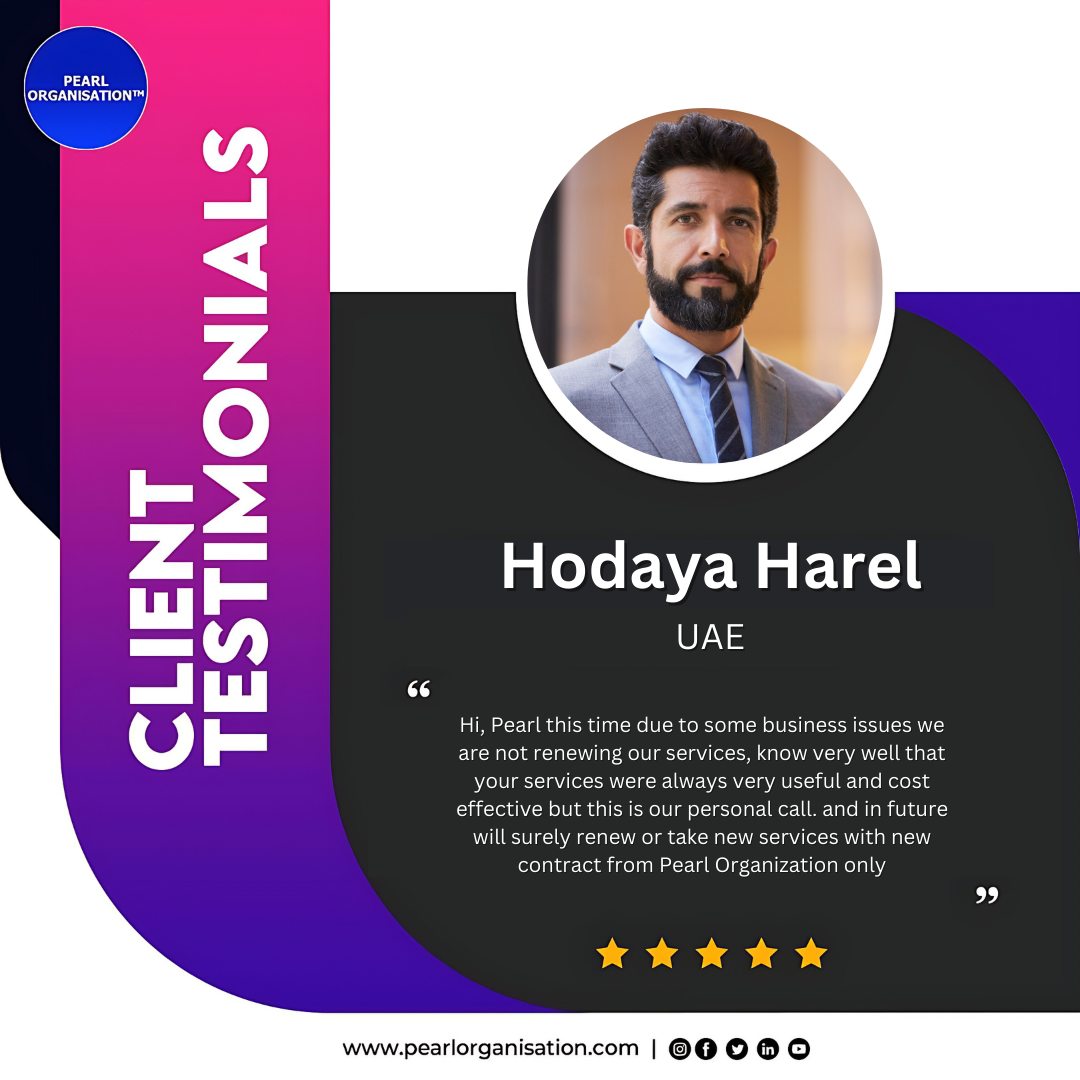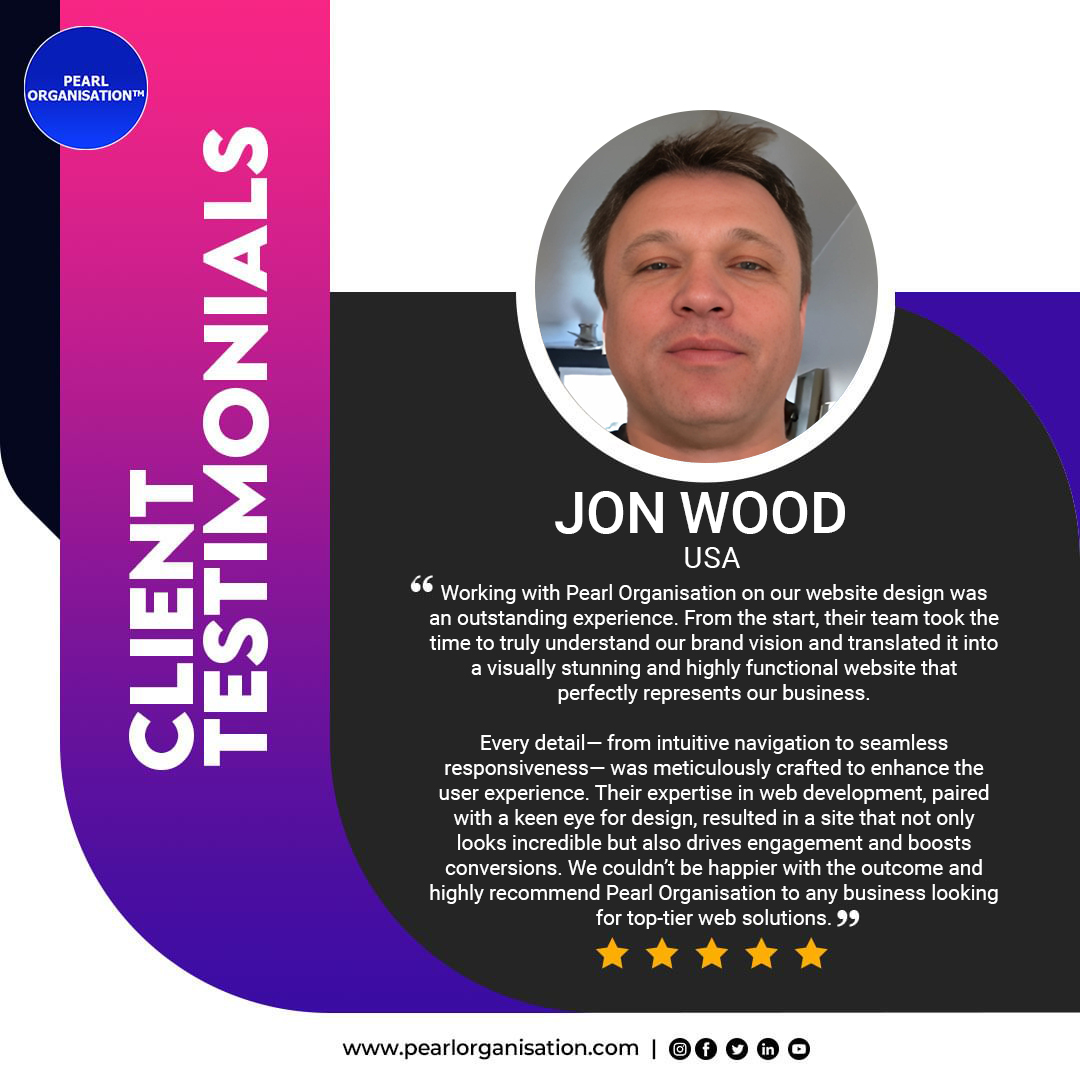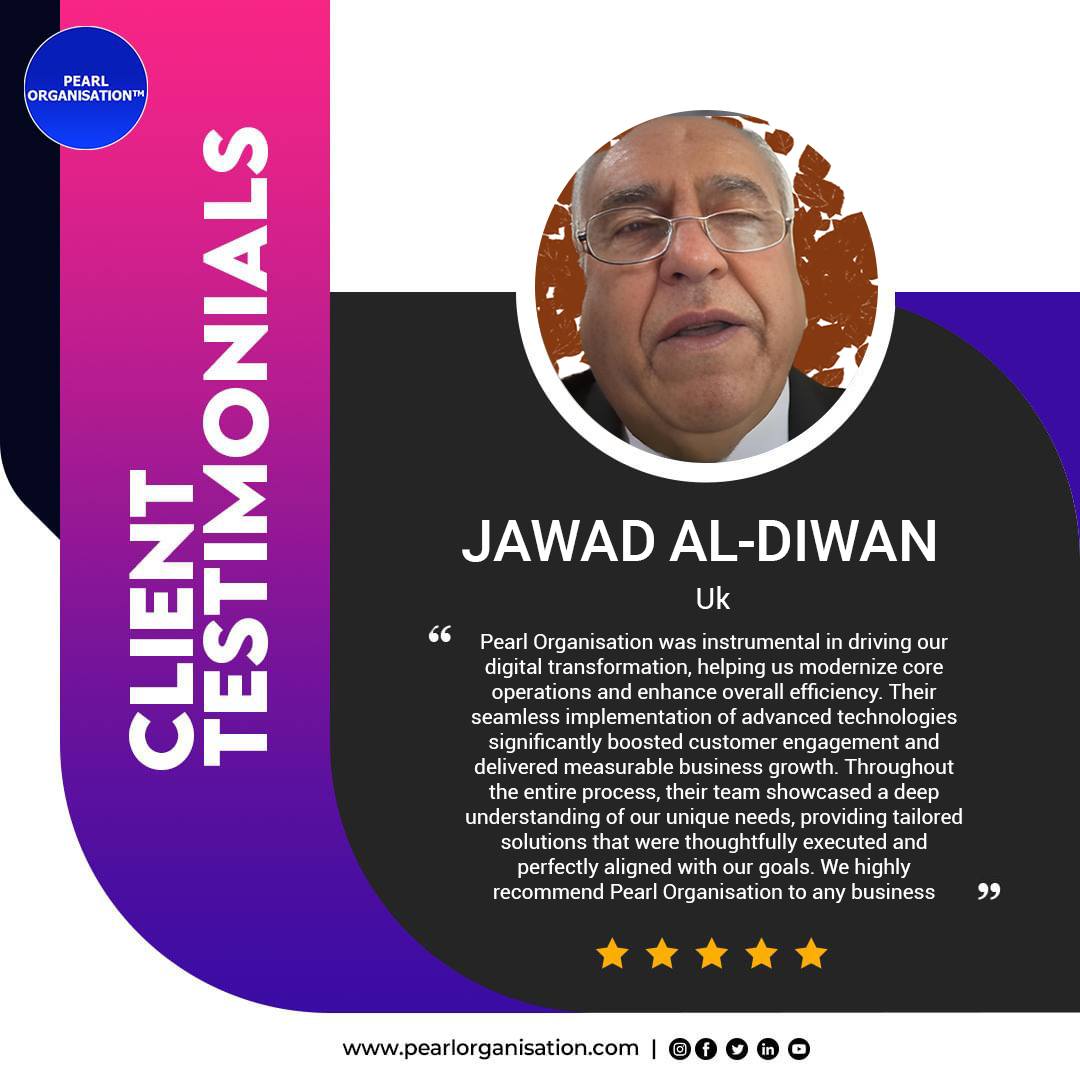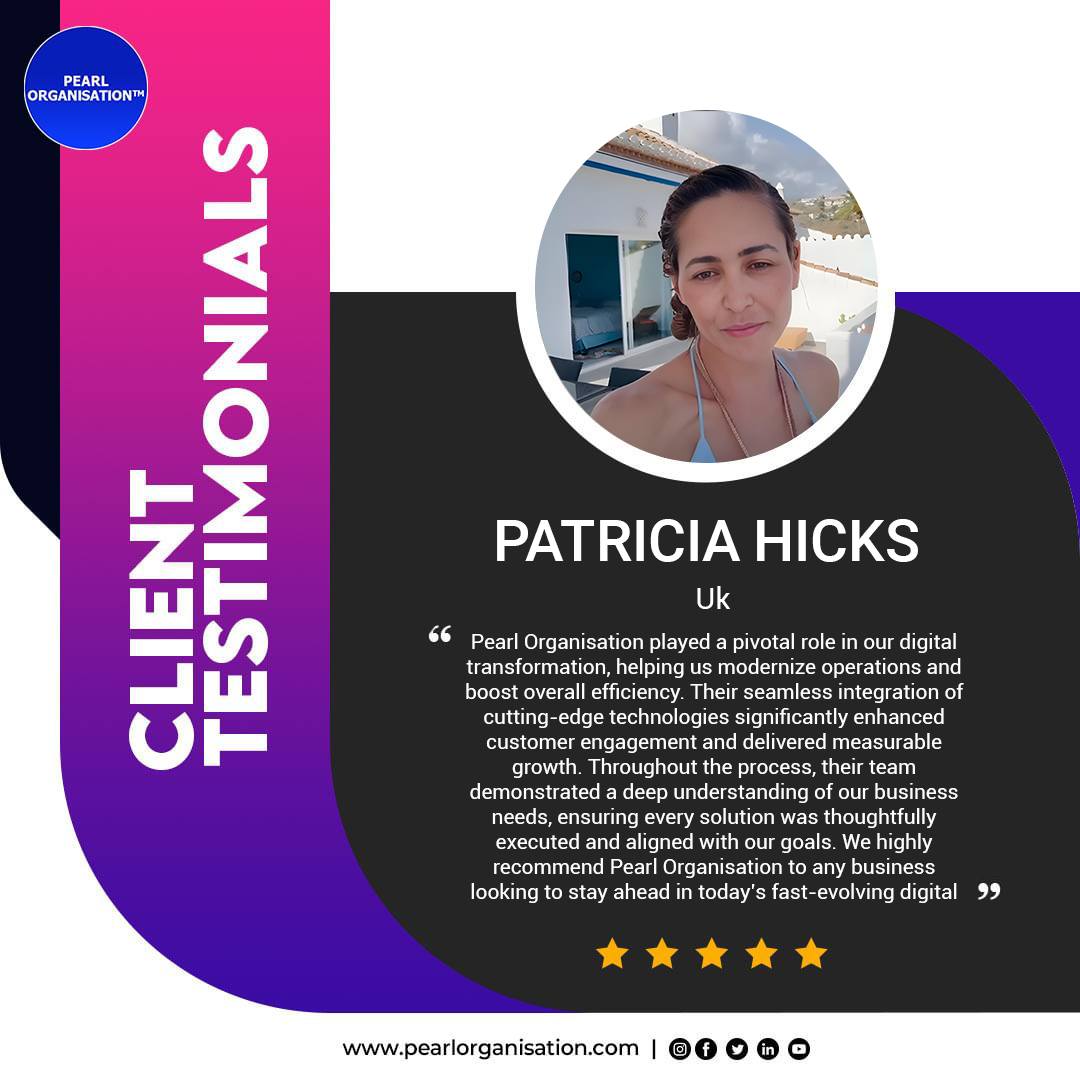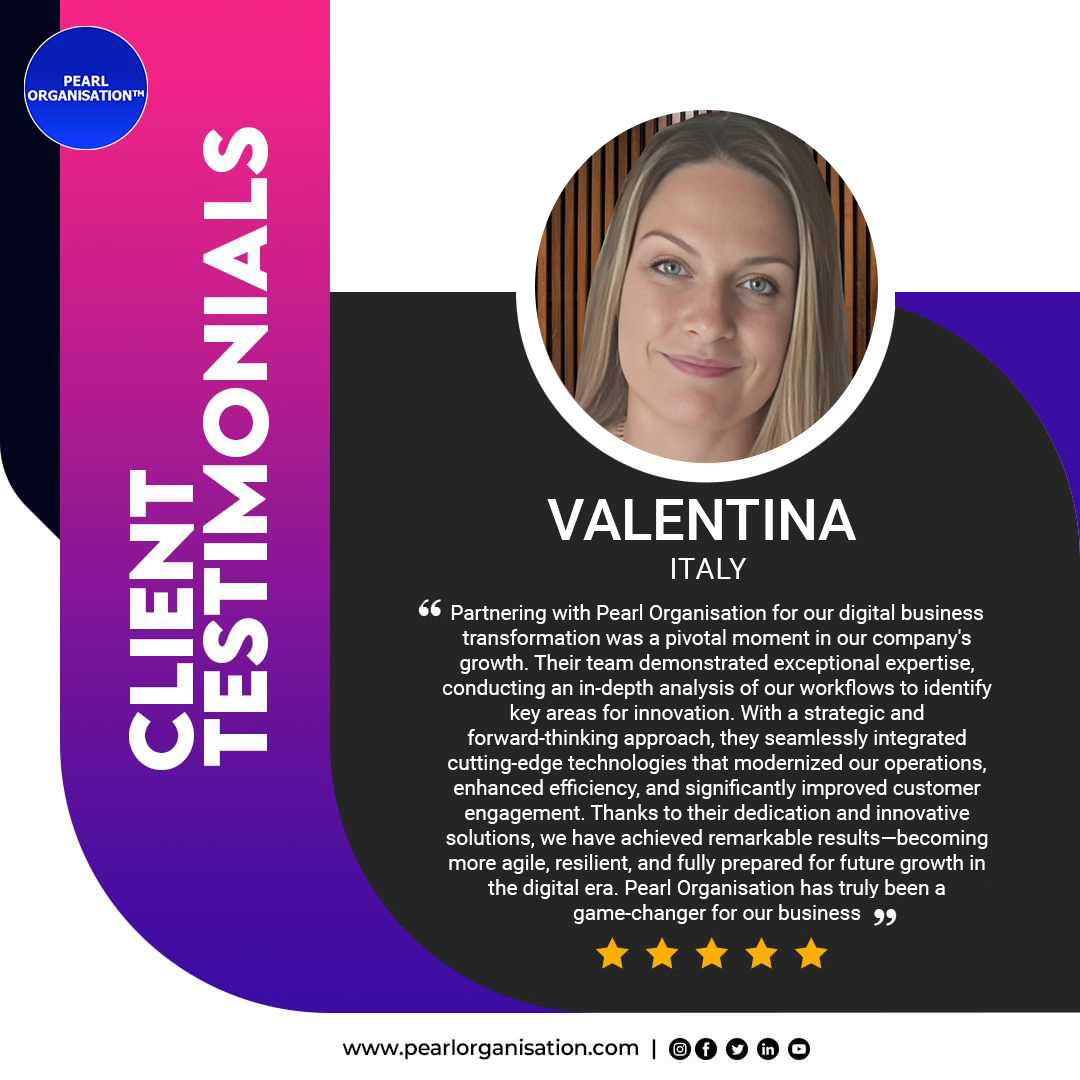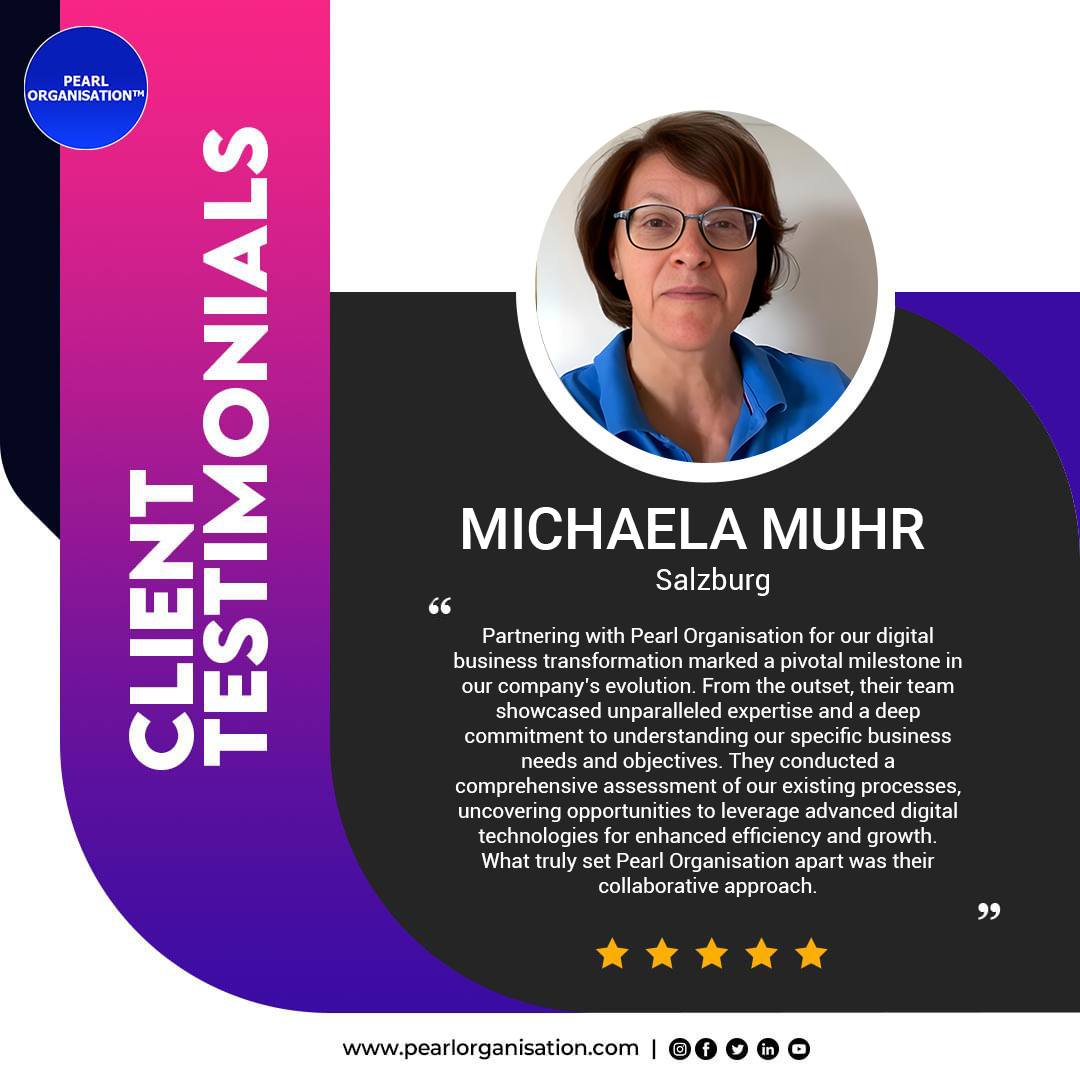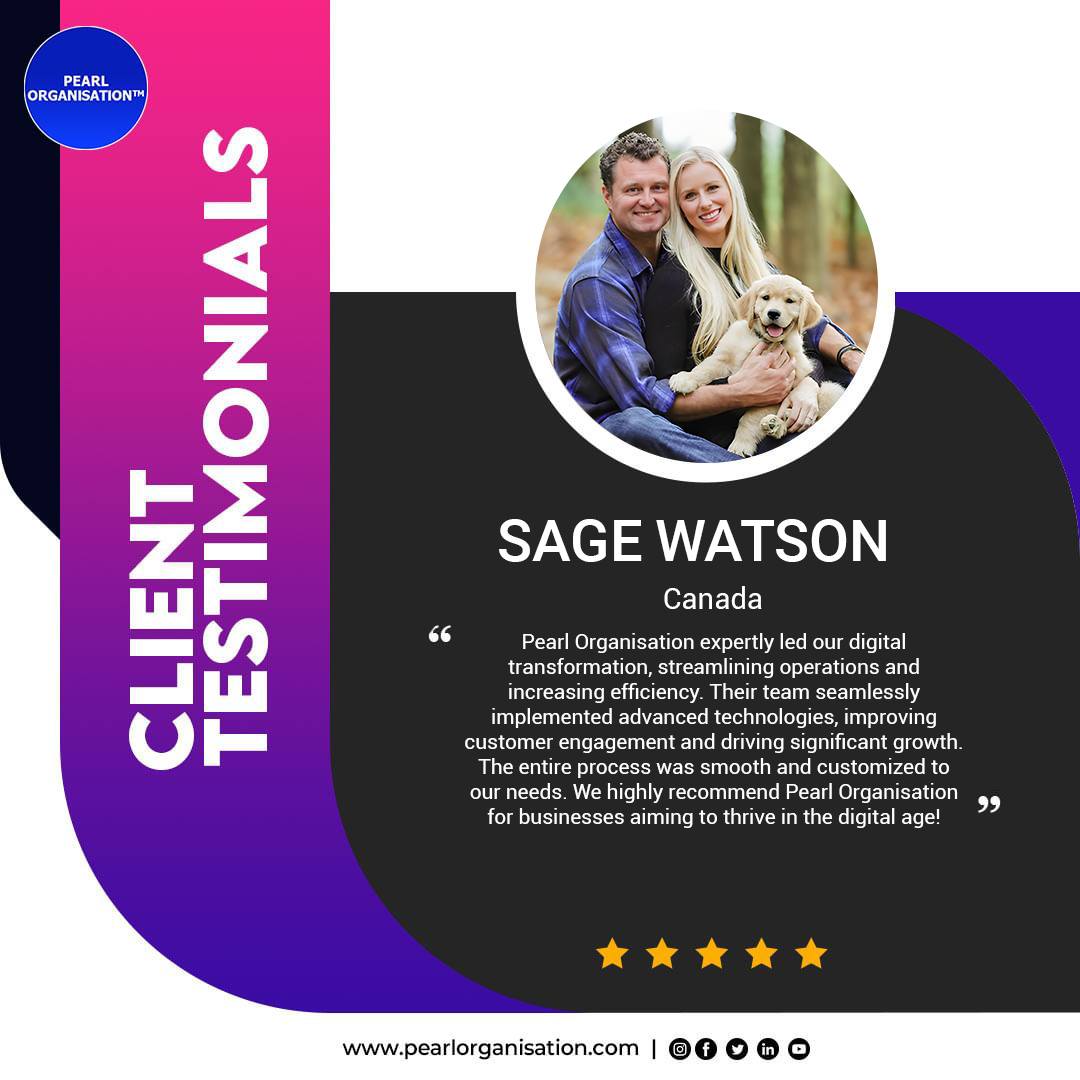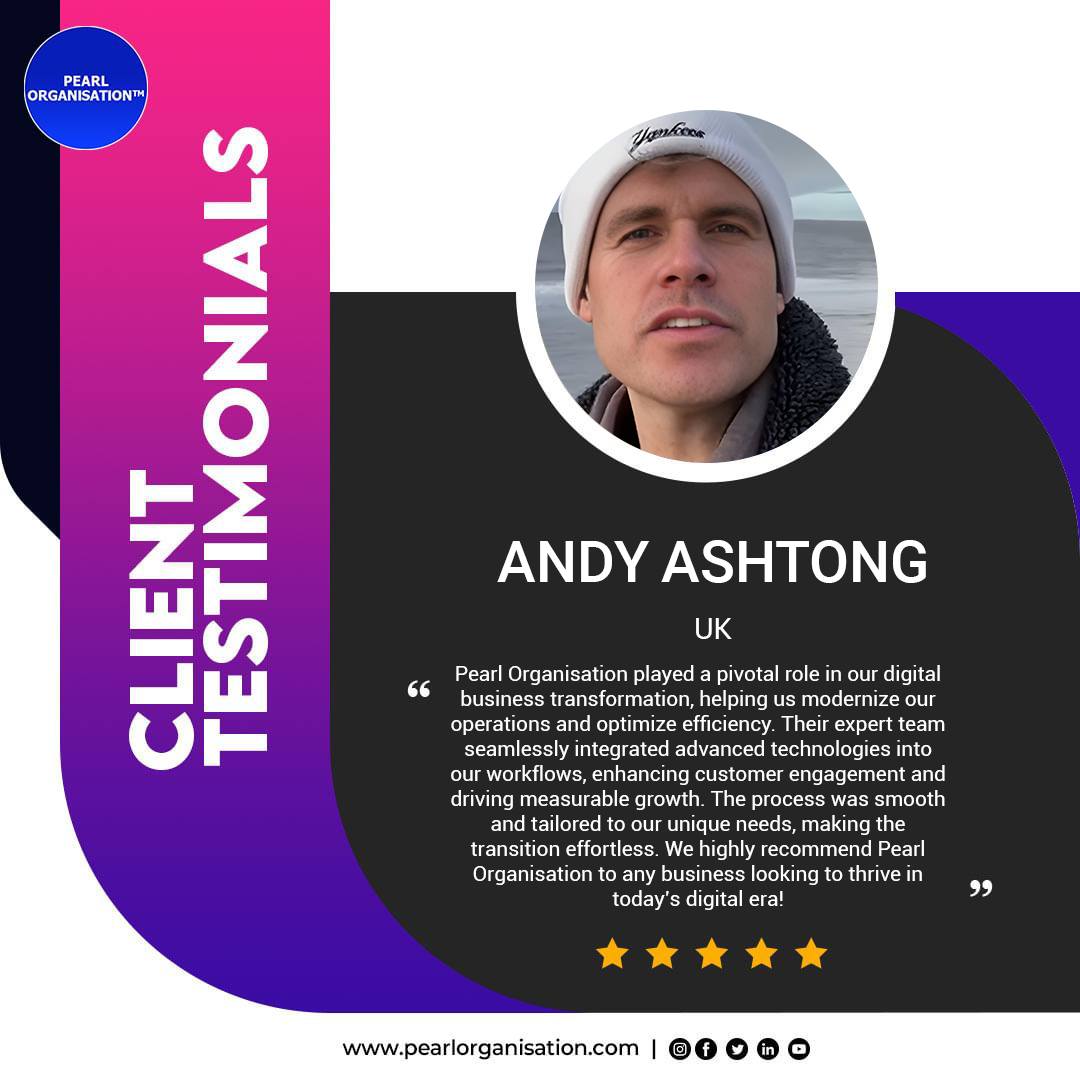Smart CRM Solutions for Solar Companies – Powered by Pearl Organisation
- Larrisa

- Sep 3
- 7 min read

Introduction: A CRM Built for the Solar Lifecycle
Selling and delivering solar isn’t like selling generic services. Every deal must pass through a complex sequence—site discovery, engineering validation, incentive qualification, permitting, installation, interconnection, commissioning, and then years of performance monitoring and maintenance. A generic CRM stalls in this journey.
Pearl Organisation’s Solar CRM is engineered specifically for the PV lifecycle, unifying sales, design, EPC delivery, O&M, and finance into one platform so your teams work from a single source of truth, your customers move faster from interest to interconnection, and your margins improve project by project.
What Makes a Solar CRM Different
Traditional CRMs capture contacts and tasks. A Solar CRM captures irradiance, roof geometry, array layouts, BOS assumptions, incentives, lender workflows, net-metering status, utility SLAs, and commissioning packs—and ties them to each opportunity and asset. Your teams aren’t stitching together spreadsheets, proposal tools, and inboxes; they work in one coordinated environment that mirrors how solar businesses actually operate.
End-to-End Modules (From Lead to Lifetime Value)
1) Lead Capture & Qualification
Omnichannel capture from your website forms, landing pages, call center, marketplaces, and partner portals.
Solar-specific scoring (roof/land availability, load profile, tariff, shadow risk, budget, ownership vs. lease/PPA appetite).
Duplicate prevention and household/business entity matching so your reps don’t call the same site twice.
2) Site Survey & Pre-Design
Mobile survey app for field teams: photos, compass/azimuth, tilt, roof measurements, breaker panel details, and shading notes—even offline with auto-sync later.
Data room to store load bills, utility account info, structural docs, soil reports (C&I/utility-scale), and AHJ (Authority Having Jurisdiction) requirements.
Pre-design checklist (setback rules, rapid-shutdown needs, module clearances) to filter non-starters early.
3) System Design & Engineering Collaboration
Design briefs inside the CRM hand off cleanly to engineering: target kW, space constraints, preferred module/inverter families, BOS assumptions, derate factors.
Versioned drawings (stringing, SLD, racking layout) with review/approval workflows and comment threads—no email chaos.
Loss tree tracking (soiling, temperature, mismatch, wiring, shading) tied to the production estimate and the commercial model.
4) Proposal, Pricing & Incentives
Configurable price books (residential, C&I, ground-mount) with markup rules, tiered discounts, and dealer/channel pricing.
Incentive engine to model subsidies, tax credits, accelerated depreciation, state/utility rebates, RECs, and performance-based incentives.
Financial analysis embedded in the proposal: cash, loan, lease, or PPA; payback, LCOE, NPV, IRR projected from the production model and tariff assumptions.
Beautiful proposals & e-sign in one step; auto-generate BOM snapshots for procurement once signed.
5) Financing & KYC
Digital KYC / underwriting packages with document requests, soft checks (where applicable), and lender decision statuses visible to sales.
Multi-lender rails so your team picks the best APR/tenor or PPA terms while the CRM tracks rate cards and eligibility rules.
Milestone-based disbursement management aligned with install progress.
6) Permitting, Utility, and AHJ Management
Permit workflows by jurisdiction with the right document set (site plan, SLD, structural letter, cut sheets, NEC/IS codes).
Utility interconnection tracking for each service territory with dates, forms, inspections, and meter swaps.
Punch-list resolution tracking after inspection, with responsible parties and due dates.
7) Project Delivery (EPC) & Field Operations
WBS-driven project plans (roof prep, racking, module set, electrical, inspection, PTO) with dependencies and auto-notifications.
Crew scheduling with travel time windows, skill tags, and capacity constraints.
HSE & quality checklists on mobile: torque checks, labeling, conduit runs, rapid-shutdown verification—with time-stamped photos.
Change orders tied to scope drift (roof repair, conductor runs, trenching)—approved in-app with revised gross margin impact.
8) Procurement & Inventory
Demand signals generated from approved designs to create POs for modules, inverters, optimizers, racking, balance-of-system.
Warehouse/yard inventory with lot/batch tracking, serial capture for warranty, and kit-builds for standard arrays.
Supplier scorecards (price, lead time, defect rates) feeding your cost curves and future bids.
9) Commissioning & Handover
Digital commissioning packs (photos, test results, nameplate data, SLD, warranty cards).
PTO readiness checklist; once PTO is granted, the CRM flips the asset into O&M mode automatically and invites the customer to the portal.
10) O&M, Service, and Asset Performance
Asset registry with serials, warranties, and preventive maintenance schedules.
Ticketing with SLAs (inverter swap, string fault, pest remediation, cleaning) and crew dispatch.
Production vs. expected dashboards (PR/CUF) and alerting if generation underperforms vs. model by threshold.
AMC/contracts with entitlement logic, spares tracking, and automated renewal workflows.
Customer portal for generation, savings, billing, and support requests.
Analytics That Matter for Solar Businesses
Executives need profitable growth, not more charts. The analytics layer focuses on commercial and operational truths:
Funnel economics: lead source vs. conversion vs. CAC and average kW sold.
Hit-rate by segment: residential vs. C&I, rooftop vs. ground-mount.
Cycle time: lead-to-NTP, NTP-to-PTO, and delay reasons (permitting, utility, procurement).
Gross margin bridge: estimate vs. actual, with variance causes (change orders, crew overtime, BOS price moves).
Fleet performance: PR/CUF by region, technology family, installer crew.
Service cost per kW and first-time fix rates in O&M.
All dashboards are permissioned, exportable, and can feed your BI tool if you prefer.
Integrations (So Your Stack Works as One)
Every market has its tools. Instead of forcing one vendor for everything, the CRM integrates cleanly:
Accounting & ERP for invoices, GST/VAT, and cost actuals.
e-Sign & document management for proposals, permits, and contracts.
Map/imagery & CAD for layout markups and plan sets.
Payment rails (including local methods like UPI where applicable) for deposits and milestones.
Monitoring platforms (inverter/SCADA data) to power O&M alerts.
Marketing automation for nurture journeys and lead recovery.
Lender portals for status syncing and disbursements.
If a connector doesn’t exist yet, we publish/consume REST APIs and webhooks to make it happen.
Security, Compliance, and Data Governance
Solar projects touch personal, utility, and financial data. Pearl Organisation bakes in security by design:
Role- and field-level access controls, SSO/MFA, audit trails on every sensitive action.
Encryption in transit and at rest, segregated environments per client.
Data residency options to meet regional regulations.
Configurable retention policies for permits, KYC, and customer records.
Operational playbooks for backup, DR, and incident response.
Designed for Global & Local Realities
Whether you install homes in one state or EPC multi-MW portfolios across countries, the CRM adapts:
Multi-currency, multi-language, flexible taxes (GST/VAT/sales tax), localized templates.
Jurisdiction libraries so AHJ/utility requirements vary by region without manual rebuilds.
Policy variability (net-metering vs. gross, feed-in vs. banking) modeled into pricing and proposals.
Dealer/channel management for franchise networks with territory rules and branded proposals.
Field-Friendly Mobile Experience
The best system is the one your crews actually use. Installers and surveyors get a fast, offline-capable app for forms, photos, checklists, punch lists, and signatures. Office teams see progress live; customers receive milestone updates automatically.
Implementation Approach (Risk Down, Value Up)
Discovery & BlueprintWe map your sales/EPC/O&M processes, incentives, and local compliance, then blueprint the data model, roles, and KPIs.
Fast PilotA working pilot with a real region/crew goes live quickly—covering lead-to-proposal and one install workflow—so your team experiences day-one value.
Scale RolloutAdd jurisdictions, incentives, lenders, inventory, and O&M. Migrate legacy data; set up integrations.
Training & Change ManagementRole-based training, champion enablement, SOPs, and help content. Adoption is measured (login streaks, checklist completion, cycle time).
Operate & ImproveQuarterly reviews on funnel, margins, cycle time, and service KPIs. New features land without disrupting live projects.
Who Benefits
Residential Installers: higher close rates, faster permits, fewer no-shows, cleaner handoffs to install.
C&I EPCs: robust engineering collaboration, lender/owner reporting, precise margin control, MW-scale scheduling.
Developers & IPPs: portfolio analytics, compliance artifacts, O&M performance at fleet scale.
Channel Networks: dealer enablement, price controls, territory management, brand-consistent proposals.
Pricing & Deployment Flexibility
Choose cloud for speed or private cloud/on-prem for stricter data controls. Pricing aligns to your stage—start with core modules and add advanced features (incentives engine, O&M contracts, partner portals) as you scale.
Frequently Asked Questions:
Q. How is this different from a generic CRM with a few solar fields added?
A generic CRM tracks people and tasks. Solar projects demand engineering artifacts, jurisdiction rules, incentive math, commissioning packs, and long-term performance data. Our Solar CRM models those natively so the “gaps” aren’t pushed into spreadsheets or email.
Q. Can we keep our proposal/design tools?
Yes. We integrate with your preferred design or proposal stack. The CRM becomes the orchestration layer—owning versions, approvals, pricing rules, and document storage—so sales, engineering, and operations stay aligned.
Q. We sell cash, loan, lease, and PPA. Can the CRM price all models?
Absolutely. Price books, incentives, and financing options are configurable. Proposals can present multiple scenarios (cash vs. loan, PPA vs. lease) with payback/LCOE/IRR—generated from the same validated production estimate.
Q. Does it handle different net-metering policies?
Yes. Each jurisdiction can carry its own compensation rules, export limits, and tariff structures. The proposal engine uses the correct policy automatically for accurate savings projections.
Q. How do you manage complex AHJ/utility paperwork?
We encode document sets and workflows per jurisdiction. Your team selects the AHJ/utility at intake; the CRM creates the right tasks and forms, tracks statuses, and stores stamped documents for future audits.
Q. What about inventory and serial tracking for warranty?
Serial capture is supported at goods receipt and at installation. Warranties and spares are tied to assets so service tickets can validate entitlement instantly.
Q. Can our subcontractors and dealers use it?
Yes. External users get permissioned portals—submit surveys, update tasks, upload photos, and see only what they should. Your brand stays consistent across the network.
Q. How does O&M monitoring work if data comes from various inverter platforms?
We ingest normalized performance data via API or files, compare actual vs. expected generation (PR/CUF), and raise tickets when thresholds are breached. Crews get dispatches; customers see transparent status in their portal.
Q. We operate in multiple countries—can this localize taxes, languages, and templates?
Yes. Multi-currency, tax engines, and multi-language UIs/templates are built in. Data residency options help satisfy regional requirements.
Q. How long does implementation take?
A focused pilot can launch in 6–10 weeks for one region and sales-to-install flow. National rollouts add permitting libraries, utility workflows, and O&M—typically over subsequent phases. We prefer fast value, then scale.
Q. What about data security?
Role/field permissions, SSO/MFA, encryption, audit trails, and segregated environments come standard. Backups and DR are part of the operating playbook.
Q. Can we migrate from spreadsheets or another CRM mid-stream?
Yes. We provide mapping templates and migration support. Active opportunities and projects come over with documents, tasks, and notes so your pipeline continues without disruption.
Q. How will we measure success?
We track lead-to-close rate, cycle time to PTO, gross-margin variance, change-order rate, installation re-work, PR/CUF at fleet level, service cost per kW, and NPS/CSAT. These are reviewed quarterly for continuous improvement.
Q. Can the CRM handle AMC renewals and customer payments?
Yes. Contract entitlements, renewal reminders, and payment links are integrated. In regions where it’s relevant, local payment methods (e.g., UPI) can be enabled.
Q. Do you support custom workflows for C&I vs. residential?
Completely. Pipelines, tasks, approvals, documents, and checklists can differ by segment, product, or region—without creating a maintenance nightmare.
If you’re ready to replace disjointed tools with a platform that mirrors the solar journey end-to-end, let’s talk. Pearl Organisation’s Solar CRM aligns sales, engineering, construction, and O&M in a single, secure system—so you sell more, install faster, and operate a healthier fleet.
Start your Solar CRM conversation:👉 https://www.pearlorganisation.com/best-custom-crm-software-development-company
































